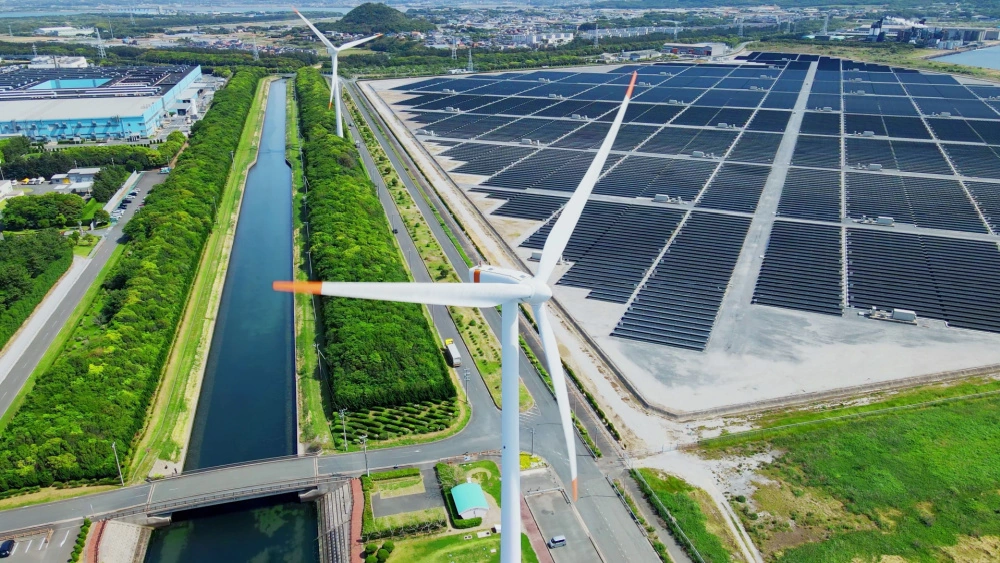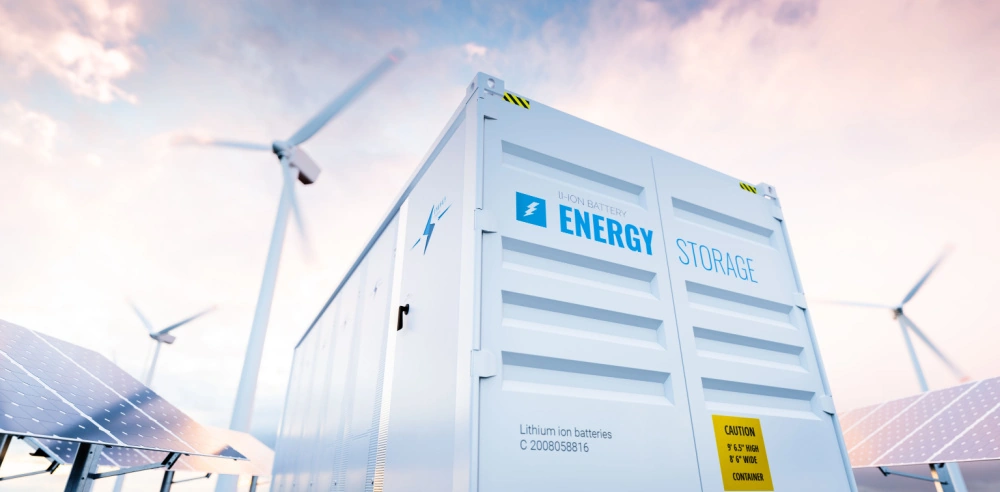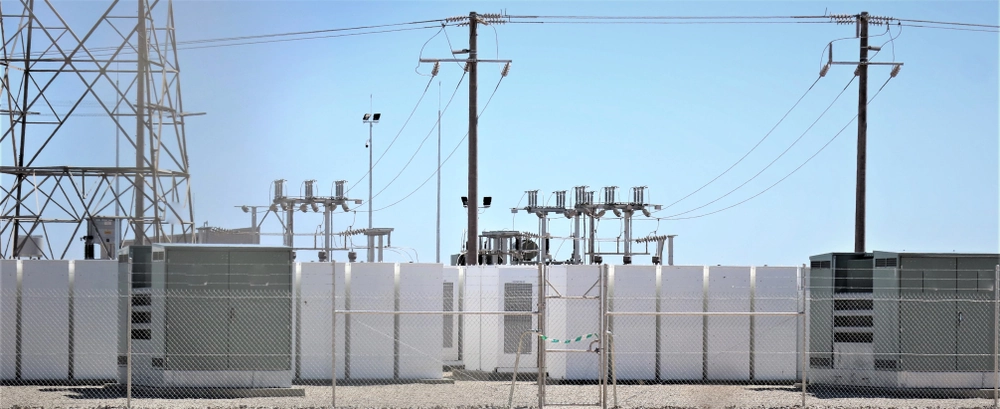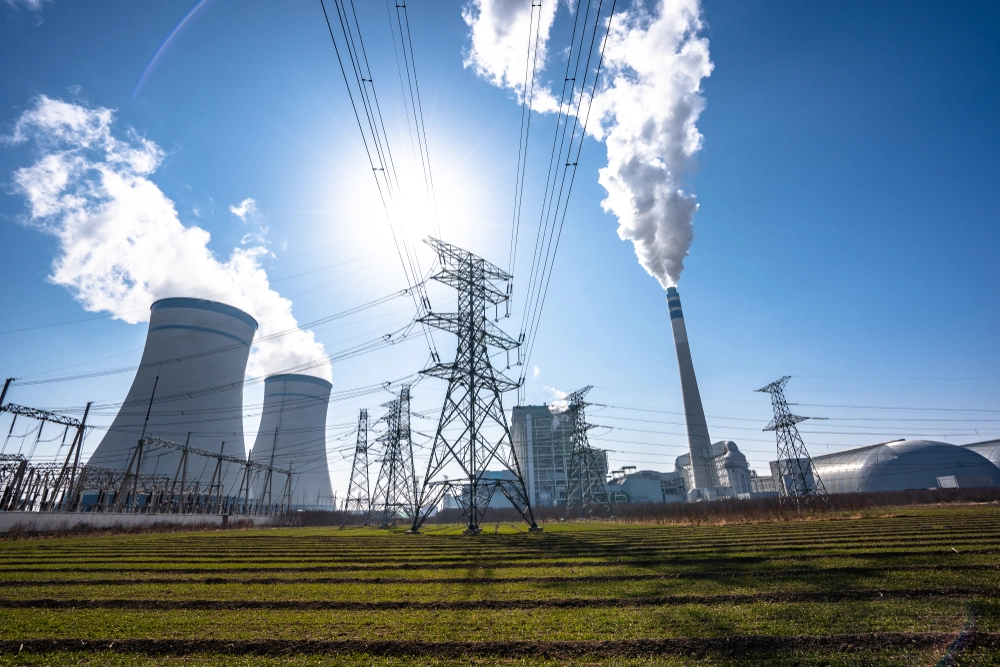
The Twilight Zone? Potential impacts on zonal pricing on the PPA market


The effects of Clean Power 2030 are being felt keenly by those organisations, including developers and investors, involved in the energy industry in the UK. This has largely been due to the impact of grid connection reform which, while necessary to provide a more stable energy future and help deliver targets for renewable generation, has had a huge impact on investment and development of existing and new projects in the short term.
With some certainty now on the shape of the grid connection reform, attention is turning back to "REMA" (the review of electricity market arrangements), and in particular its most controversial element – a potential shift from national pricing to a zonal pricing model. This debate is well documented, and news is expected in coming weeks as to the outcome of the REMA consultation and whether a zonal pricing approach is to be taken forward. If it is, it is likely that the implementation of such a change would take a number of years to be implemented (with expectations being that this would not be in place until 2032 at the earliest).
Impact on PPAs
This is not much help for those entering into PPAs now. The PPA market for renewable generating assets in the UK is already a difficult arena, with increasing complexity and risk for generators and a mismatch between renewable generation profiles and offtaker demand. We have seen generators favouring less remunerative but more stable forms of offtake contract, including Contracts for Difference (CfDs).
A zonal pricing approach is likely to impact all forms of PPA by putting generators and corporates off entering into PPAs, which would further slow-down the buildout of renewable projects. Similarly, an uncertain PPA market and additional risk in the contracting of revenue streams may impact the bankability and the availability of funding for projects with PPAs.
In this article we look at how a shift to zonal pricing will impact the PPA market and highlight some practical steps that can be taken by generators to ensure that they are best placed to deal with the resulting uncertainty.
Change in Law
A move to a zonal market would most likely require the introduction of primary legislation. This would mean that a PPA's change in law (CIL) provisions are likely to be triggered.
Typically CIL provisions do not allow for renegotiation of price – offtakers enter into PPAs to ensure price certainty – so it is likely that we will see parties seeking to rely on these clauses as a means of 'exiting' these arrangements. For example, in a sleeved PPA context, an offtaker is likely to seek to trigger the CIL mechanism as they are the one who is likely to be affected by any price increases imposed on them under their own agreement with their sleeving supplier.
The ability to rely on a CIL clause and the circumstances that would 'trigger' the re-opening of the PPA will depend on the specific drafting. For instance, should the trigger be the passing of primary legislation or the implementation of the zonal pricing proposals.
Grandfathering
Grandfathering is often used as a transitional step to provide some financial protection to projects (and investors) where there is a significant market change, and similar discussions are taking place as part of the REMA consultation.
However, while such protection seems likely to be extended to CFDs, it is unlikely that any such support would be extended to PPAs (as a bilaterally, privately negotiated contract). Developers have been disappointed that as part of the grid connection reform process the government were reluctant to include completed power purchase agreements as part of the 'Protection Clauses' (although projects that have secured a CFD are protected). While it is understandable that extending protections to private contracts might have unwanted (and expensive) consequences, this will be of little comfort to generators.
System charges
System charges are also under consultation, with TNUoS and DUoS charges forming part of the wider REMA consultation. A shift to a zonal model would no doubt require more extensive modification of these provisions, and this can be expected to have an impact on PPAs and their underlying economics (in particular, how such charges flow down through the PPA structure, and who bears the brunt of any changes to them).
Pricing
In a zonal electricity market, we would expect electricity prices to be higher in areas of high electricity demand and lower in areas of high electricity generation. While this is precisely the point of a zonal model, in the short-term generators will likely need to compete in high generation zones for a smaller pool of offtakers, and as such they need to be very 'sharp' on their pricing methodology. While in the long term this will likely re-balance as generation and demand are balanced within zones, in the short term it could have a material impact on existing project economics and bankability.
Impacts on PPA structures:
Sleeved PPAs
Sleeved PPAs will be the most directly impacted by a shift to zonal pricing. In a sleeved PPA power is bought and sold through a third-party licensed supplier. The generator and offtaker in such a scheme are not necessarily located in the same geographical area, which in many cases could mean that they are located in different zones under a zonal market, and thus subject to different pricing. Potential impacts on Sleeved PPAs include:
- Offtakers seeking to trigger the CIL provisions;
- Unexpected results when seeking to calculate compensatory payments for failure to deliver electricity as specified in the PPA (payments due to the offtaker are typically pegged against the prevailing market electricity price and this will differ depending on where the offtaker is buying their power from);
- Pricing variability - The electricity supplier will have to sell the electricity purchased from the generator in the generator's zone, and then sell electricity back to the offtaker in the offtaker's zone. With different and variable pricing in each location, this risk will be highly complex and difficult to quantify.
Private Wire PPAs
While Private Wire PPAs are less likely to be mechanically impacted by a zonal shift – their nature meaning that the generator and offtaker are physically located close to one another – there could still be potential impacts. As an example, private wire PPAs are sometimes connected to the day-ahead wholesale market. Under zonal pricing, this would need to be considered carefully. In addition, this would have the potential to shift over time if there was a significant increase in the generation in a particular zone, undermining long-term pricing methodologies.
Practical protections
For those entering into PPAs now, what steps can be taken to mitigate the risk of a shift to zonal pricing?
- Carefully reviewing termination provisions, to ensure that none can be used as a 'get out of jail' card if zonal pricing is introduced and looks like it will be disadvantageous to one of the parties.
- Reviewing the provisions of the PPA regarding the replacement of the sleeving supplier, to determine what will happen if sleeving suppliers are either hard to come by or the sleeving fees are significantly more expensive in the future and assessing the knock-on effect of such changes to the PPA;
- Specifically set out the process for CIL in a zonal pricing scenario – considering which provisions of the PPA can be re-opened and whether price can be renegotiated. This might be a 'hard sell', but it may also be preferable for parties to have a structure for such discussions rather than operating a termination and needing to re-negotiate from scratch.
Conclusion
While at the time of writing it remains unclear whether a zonal pricing model will be adopted as part of REMA, it is clear that there would be material and long-lasting impacts on the PPA market in the UK if the shift were made.
As well as continued uncertainty, we would expect to see a shift towards shorter term arrangements with a portion of electricity being sold merchant or potentially a move towards a multi-party arrangement, with multiple offtakers for the same asset, where the risk is shared.
Our energy team has significant experience advising on such matters, so if you are considering entering into a PPA or 'exiting' one, please get in touch.











